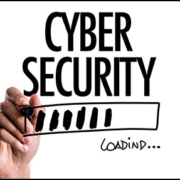Google Changes To Cookies And The Implications For Advertising
From 2022 Google has announced that it will be ditching third-party cookies from its Chrome browser.
The move will make it harder for advertisers to track the online activity of people browsing different websites.
But according to Wired “Critics and regulators argue the move risks putting smaller advertising firms out of business and could harm websites that rely on adverts to make money.”
“They’re going to get rid of the infrastructure that allows individualised tracking and profiling on the web,” says Bennett Cyphers, a technologist at civil liberties group the Electronic Frontier Foundation. “They’re going to replace it with something that still allows targeted advertising – just doing it a different way.”
While the move may mean that site visitors will see fewer annoying repeat ads, for example for products they may have checked weeks earlier, it is also argued that the move puts even more power in Google’s hands.
Google’s plan is to target ads against people’s general interests using an AI system called Federated Learning of Cohorts (FLoC). It will use your browsing history to identify interests and put you in certain groups.
While this may mean less personal data being sent to third-party trackers, it also has implications for advertisers, who may turn to other platforms, like Facebook.
The UK’s CMA (Competition and Markets Authority) has also suggested that as a result “online publishers, such as news websites that rely on advertising, could see short-term revenue from ads decrease by 70 per cent”.
But the danger is that Google’s move may concentrate power in fewer, and bigger, hands.
See more here: https://www.wired.co.uk/article/google-chrome-cookies-third-party-ads












